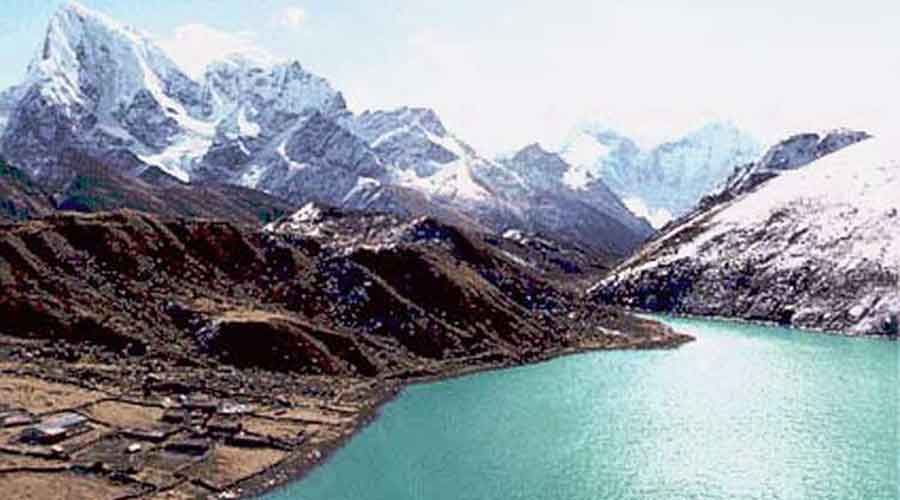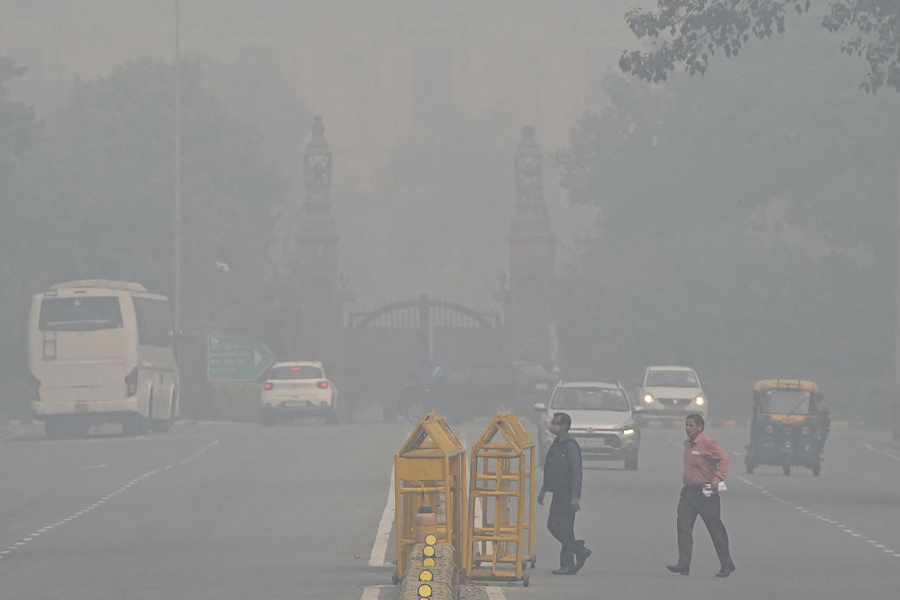The Himalayan glaciers are shrinking far more rapidly than glaciers elsewhere in the world and have already lost ice equivalent to that in the central European Alps, the Caucasus and Scandinavia combined, scientists said in a study released on Monday.
The study by the researchers at the University of Leeds in the UK has estimated that the Himalayan glaciers have lost around 40 per cent of their area — shrinking from over 28,000 sq km between the 13th to 19th centuries to around 19,600 sq km at present.
“Ice is now being lost from the Himalayan glaciers at a rate at least 10 times higher than the average rate over the past centuries,” said Jonathan Carrivick, deputy head of the University of Leeds school of geography who led the study.
“This acceleration in the rate of ice loss has only emerged within the last few decades and coincides with human-induced climate change,” he said in a media release.
Climate scientists have for over two decades monitored Himalayan glaciers, documenting varying rates of ice loss along segments of the 2,400-km long mountain chain.
The Leeds team used satellite images and digital terrain elevation models to reconstruct the ice surface as it would have been 400 to 700 years ago and determine the glacial ice loss between then and now.
The researchers have estimated that during that period, the Himalayas lost between 390 cubic km to 586 cubic km of ice — the equivalent of all ice contained at present in the central European Alps, the Caucasus and Scandinavia.
The ice loss raised sea levels across the world by 0.92 mm to 1.38 mm, the scientists calculated in their study published on Monday in the journal Scientific Reports.
The Himalayan glaciers are a source of water for several large rivers including the Brahmaputra, the Ganges and the Indus and scientists have cautioned in the past that the rapid ice loss would initially increase but eventually reduce water flow.
The study has corroborated earlier assertions by Indian scientists that glacial loss in the Himalayas is not uniform but that the ice loss is faster along the eastern segments, including regions of east Nepal and Bhutan.
Glaciologist Rajinder Ganjoo at the University of Jammu had more than a decade ago proposed that the higher rates of ice loss in the eastern region might be an outcome of greater rainfall and moisture in the east.
Glaciers with a significant amount of natural debris on their surfaces are also losing mass more quickly, the UK scientists have found. Such glaciers account for 46 per cent of the total volume loss despite making up only 7.5 per cent of the total number of glaciers.











